PURPOSE
Understanding where and how Nuu-chah-nulth values, knowledge and relationships can be upheld in rebuilding suuḥaa abundance by identifying community goals to inform both local and federal rebuilding plans.
GOALS
Engagement with rebuilding plans can look different based on community goals and capacity. Each workshop will be different; some examples could include:
Holding two-day workshops to identify community members’ dreams for suuhaa rebuilding, and technical goals needed to achieve them.
Conducting community interviews, in a larger gathering or in smaller groups, which could also involve creating language resources.
We are also open to suggestions for the best way to gather information with each community!
background
Current approaches to assessing ecosystem health and narrowly focused rebuilding plans informed only by western science do not work. Creating rebuilding plans informed by community values and priorities, nuučaan̓uł language and place names can help identify necessary actions to care for suuḥaa and the places which support them.
What we have learned so far
Rebuilding actions for suuḥaa must
be locally led, place-based and informed by intergenerational knowledge;
build on existing knowledge, a collaborative effort; no siloes, shared responsibility, data sovereignty and multigenerational work;
be proactive, to prevent decline instead of react to it;
learn lessons and take action, not wait until harm is understood to stop;
acknowledge that interaction and relationship lead to abundance;
see interconnection between suuḥaa health and river health, as no healing will happen in isolation; and
approach from different timescales, using both short- and long-term goals and solutions.
COMMUNITY CONSULTATION TOPICS
Topics of discussion for a Nuu-chah-nulth community meeting:
What does rebuilding look like to you?
What do abundance and sustainability look like to you?
What are your community’s values and principles around suuḥaa?
What are your community’s suuḥaa rebuilding priorities for the future?
What is working, what is not working?
What are you missing, what are the gaps in knowledge and information?
How do organizations in your community’s ḥaḥuułii include Indigenous knowledge in their work? What are the gaps?
What lessons can be learned from historical practices and roles supporting suuḥaa abundance?
What traditional characteristics were used to determine the health of suuḥaa populations in the past?

